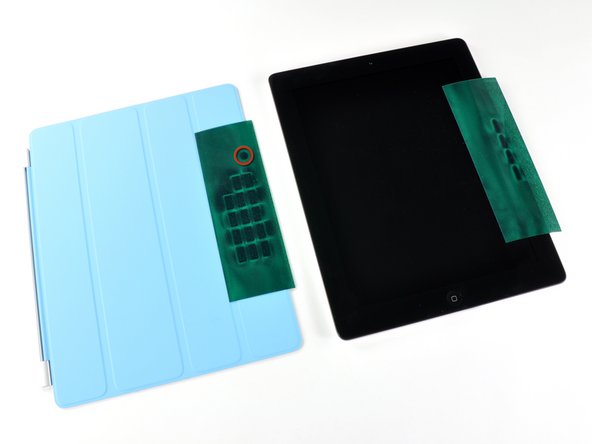This post originally ran with Motherboard.
The iPad’s light, sleek, simple construction belies its complex origins. There’s a lot of stuff in the iPad: aluminum and glass, of course, but also other heavy metals and toxic chemicals. And manufacturing each 1.44-pound iPad results in over 285 times its own weight in greenhouse gas emissions. The manufacturing of and material used in the iPad are two reasons why the iPad must be made in China—and not just in the ways you’d expect.
Yes, labor is dirt cheap in China. Minimum wage was just $138/month at Hongkai Electronics in October 2010, compared to $1160/month in the US (based on a $7.25/hour federal minimum wage and a 40-hour work week).
And yes, environmental regulations in China are pretty minimal (though improving). China ranks 116th out of 132 countries on Yale’s 2012 Environmental Performance Index rankings. Even with all their illegally run coltan mines, the Democratic Republic of Congo is ranked many points higher than China.
But there’s another important reason why Apple and other manufacturers have their heels stuck in Chinese mud. iPad manufacturing, like the manufacturing of other electronics, requires a significant amount of rare earth elements, the 17 difficult-to-mine elements used in all kinds of green technology. It’s hard to say exactly what rare earths are in an iPad, since Apple is really tight-lipped about their materials—no one can even get them to confirm what manufacturer makes their impact-resistant glass, though I suspect Asahi.
Cambridge engineering professor Dr. Tim Coombs guesses that there may be lanthanum in the iPad’s lithium-ion polymer battery, as well as “a range of rare earths to produce the different colours” in the display. The magnets along the side of the iPad and in its cover (pictured above) are possibly a neodymium alloy. Electronics glass is often polished with cerium oxide. According to a Congressional Research Service report, worldwide demand for rare earths was 136,100 tons in 2010, 45-percent of which was for magnets, glass, and polishing.
All Our Rare Earths Come from a Pit Mine in China
Why is all this rare earth consumption a problem? China currently controls 95-97% of the world’s supply of rare earths and has repeatedly cut export quotas, sending already-high prices skyrocketing. Fearing dependence on China for rare earths, two companies—Molycorp in California and Lynas Corp in Australia—plan to begin mining rare earths this year. As green industry continues to grow, however, it’s unclear if current mining operations will be able to keep up with increasing demand.
Facing growing concern about the possibility of a rare earth shortage, President Obama recently lodged a complaint with the World Trade Organization against China about their rare earth policy. Some specialists think the complaint may be “too little, too late”—by the time China changes its policy, more manufacturers will have moved plants to China.
Recycling is Not a Rare Earth Solution
It might seem that the mountains of electronic waste would be a perfect source of rare earths. But recycling isn’t the answer to the rare earth shortage—at least not yet. Some Japanese recyclers are successfully recovering rare earths from compressors. But neither SIMS Recycling Solutions nor Electronics Recyclers International (ERI), the two biggest electronics recyclers in the US, are currently recovering any rare earths in their recycling process, according to SIMS president Steve Skurnac and ERI CEO John Shegerian.
For now, Skurnac says, “Rare earths come in very minute concentrations in electronic scrap,” which means that recyclers need high volume and super efficient processes to recover any reasonable amount of rare earths from electronics. The technology just isn’t there to make it economically feasible for most recyclers.
Today, an American electronics company can only be exempt from China’s rare earth export quotas by manufacturing within China. So that’s what most companies, including Apple, are doing. The only other solution is for us to stop consuming so much—an option that people rarely find appealing. Not as appealing as a retina display, at least.





0 Comments